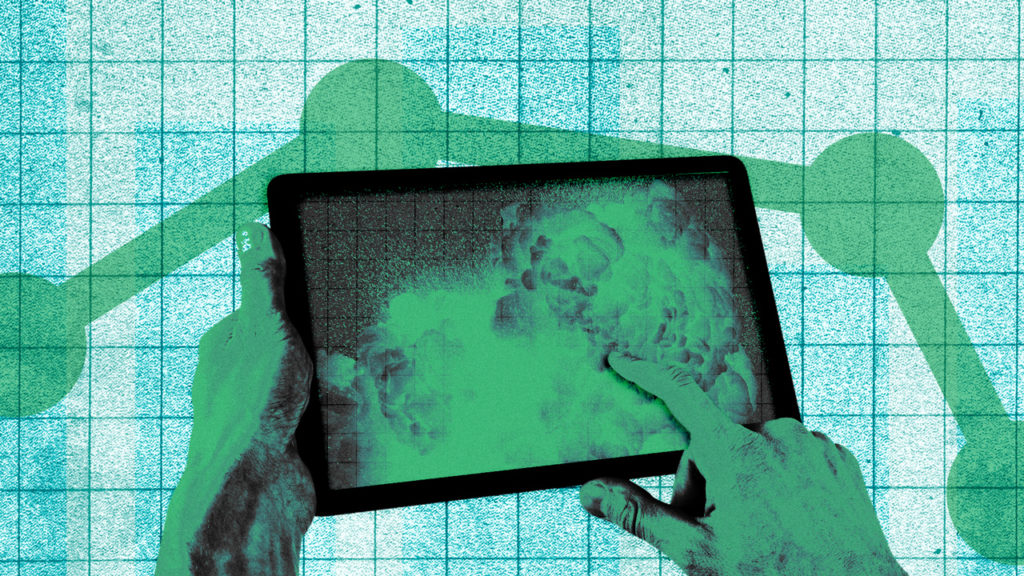Mobile consumer spend will exceed $380 billion and advertisers will invest over $240 billion in ad spend in 2020, according to App Annie’s “The State of Mobile in 2020” report which explores 2019 mobile macro-trends and offers marketing insights for the year ahead.
In 2019, consumers spent $120 billion globally in app stores for a record 204 billion worldwide app downloads. The number of downloads, which excludes re-installs and app updates, has grown 45 percent in three years since 2016 and six percent year over year. India, Brazil and Indonesia have largely fueled downloads while download growth in mature markets like the US, Japan and Korea has leveled off. Still, 2019 downloads in the US alone topped 12.3 billion, followed by 2.5 billion in Japan and 2 billion in South Korea.
Consumers spent 35 percent more time in mobile, 3.7 hours daily, in 2019 than the previous two years, with a heavy focus on gaming. Games now account for 72 percent of all app store spend. Non-gaming apps excelled via in-app subscriptions as 97 percent of non-gaming consumer spend in the top 250 apps was a result of apps with subscriptions. Three out of four top non-gaming apps—Tinder, Netflix and Tencent Video—use subscription to propel app store spend.
Given mobile games in 2019 saw 25 percent more spend than in all other gaming combined, advertisers are increasing spend on branding ad campaigns. This development is fairly new considering games have historically been used for performance advertising. Twitter’s app monetization company MoPub saw brand spend increase on video about 180 percent year over year in November 2019.
Games aren’t the only reasons consumers spent so much time on their phones—globally, consumers accessed finance apps over 1 trillion times in 2019, up 100 percent from 2017. Shoppers also contributed to the growth of mobile, with global shopping app downloads growing 20 percent from 2018 to 2019 to over 5.4 billion. Shoppers spent $33.1 billion on mobile in the US from November-December 2019, representing 40 percent of all online sales. Entertainment apps also saw a surge—globally, consumers spent 50 percent more sessions in entertainment apps in 2019 than in 2017.
As for social apps, TikTok continues to lead the way with global time spent in the short-form video app growing 210 percent year over year in 2019. Dating apps and food delivery apps also saw an increase in spend. App Annie notes that consumers spent $2.2 billion in dating apps, double what they spent in 2017. Globally, outside of China, sessions in food and drink apps grew 205 percent from 2017 to 2019 and 85 percent year over year.
Mobile will remain key for reaching young audiences as the report found Gen Z have 60 percent more sessions per user in the most popular apps when compared to Gen X and Boomers.

